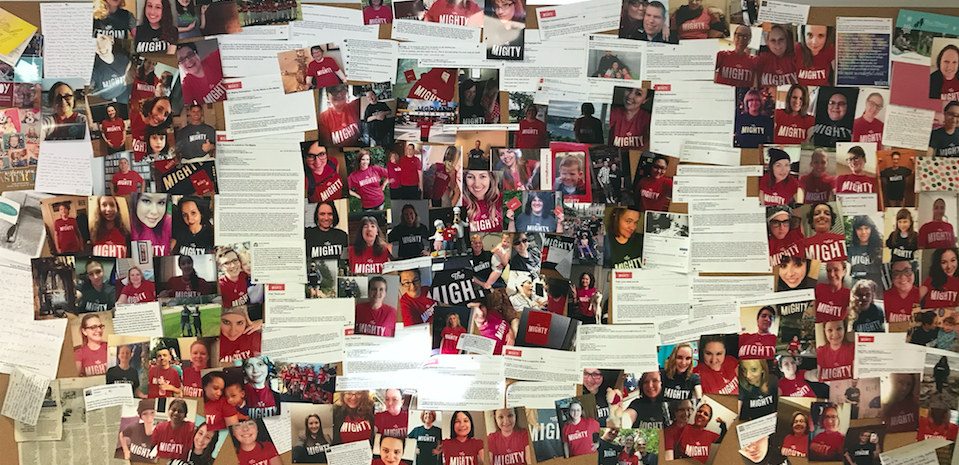Twitter ended the year on a fascinating run

It’s been pretty easy to point at Twitter and, with each quarterly moment when it discloses its financial guts, let out a long exasperated sigh.
Twitter since going public at a now in retrospect astounding valuation has for much of its public life been quite the disappointment to Wall Street. But then something interesting happened in the back half of 2017: it went on a rather spectacular run, and though ending on a bit of a slump, it looks like it could finish the year up more than 25 percent — which, by Twitter terms, is pretty good.
Much of that is thanks to a (finally) good report in October this year and a blessing from a Wall Street firm, but we could potentially chalk up getting to those events to some actual things Twitter has done. The product updates haven’t been absolutely transformative (like the earth-shattering bump to a 280-character limit per tweet), but since the introduction of the algorithmic timeline last year, it would seem that Twitter is getting slightly less allergic to changes to its core product — even if it alienates part of its very loud user base.
Twitter has also seemingly begun taking more action when it comes to enforcing new rules around harassment and abuse, a problem that has been hounding the company for years and is even more visible this year. Earlier this month it said it would begin enforcing new rules around how it handles hateful conduct and abusive behavior. Twitter’s strategy here has been often opaque, and while it’ll take a while to reach some kind of middle ground, it’s actually doing stuff.
And doing stuff, it seems, is currently enough for Twitter to figure out how to get a nice up-and-to-the-right-ish chart like this one:
While these stocks — especially volatile ones — will swing often, sometimes the general idea is to try to gauge the future potential of the company. For Twitter, that means it’s going to have to figure out a way to re-ignite growth and get users coming back and using the platform. It has some very deep core issues, and sometimes seems to flip-flop on its own actions and have troubles communicating. But if Twitter is somehow able to right this ship, it may have an opportunity to get that growth engine moving again.
Most executives will probably give the boilerplate “we are committed to delivering long-term value for shareholders” argument for stock swings in the near term, but those swings are really significant for the company. It’s the closest thing to a near-term public barometer for the company’s success, which means it does a lot for employee morale. And it also can be significant for attracting talent, as the company may need to offer more generous compensation packages to rip people away from companies that are high-growth or well-established.
Twitter, going forward, it appears, needs to keep doing stuff. It’s made a lot of moves in the video space in addition to building business tools — like a video-centric ad format. And it certainly has done that to some extent, trying to extend its pitch as a real-time communications platform to video. It needs to continue cracking down on harassment and abuse if it’s going to attract new, more casual users. It needs to keep making tweaks to its products even under the risk of alienating some of its users to make it more user-friendly. In short, there’s a lot of stuff to be done.
What’s arguably the richest part of this whole story, however, is that Twitter now has roughly the same market cap as Snap following its back-of-the-year run. Hovering at around $18 billion, it’s the tale of two runs here: Twitter found some way to turn its story around, and Snap is still having some pretty dramatic issues telling its story to Wall Street. Both have the specter of user growth over them, but somehow Twitter has been able to at least throw a rock in the opposite direction to get the attention of investors temporarily.
Will Twitter get its wish of finally escaping the MAU? Probably not. But for now, it looks like Dorsey and the rest of them have figured out at least some small way to sell the promise of Twitter to Wall Street and get them on board for the time being.
Featured Image: Yana Paskova/Bloomberg/Getty Images
Published at Sun, 31 Dec 2017 16:06:28 +0000





